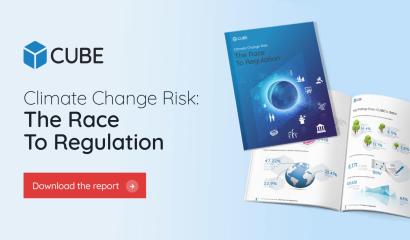Nida Rahimi-Naeem
The challenges of first-generation regulatory change management systems
Regulatory change management systems have evolved dramatically. However, despite significant technological advances, some firms still rely on legacy compliance models, which often pose more challenges than the compliance issues they look to solve.
We share the 5 of the most common challenges presented by first-generation, pre-RegTech technologies and demonstrate how CUBE addresses these to enable our clients to manage regulatory compliance in a smarter, faster, and more efficient way.
We'll cover these first-generation challenges:
- Regulatory gaps
- Data errors
- Outsourced mapping
- Poor interoperability
- Inefficient and costly
As well as solutions to overcome these challenges.






